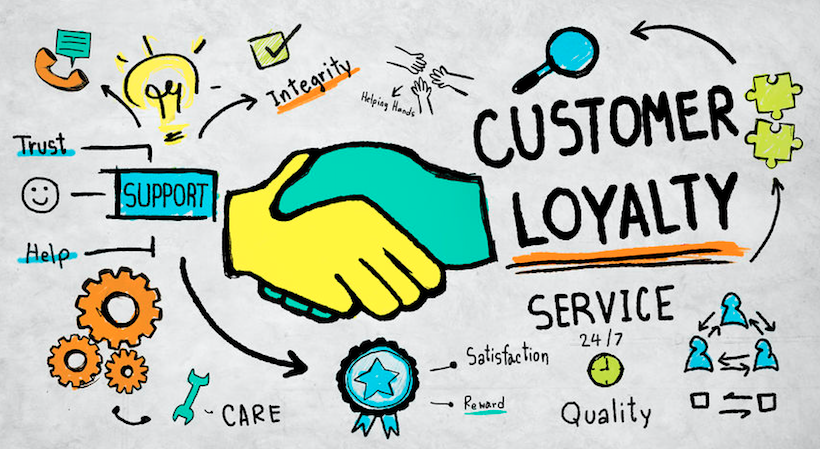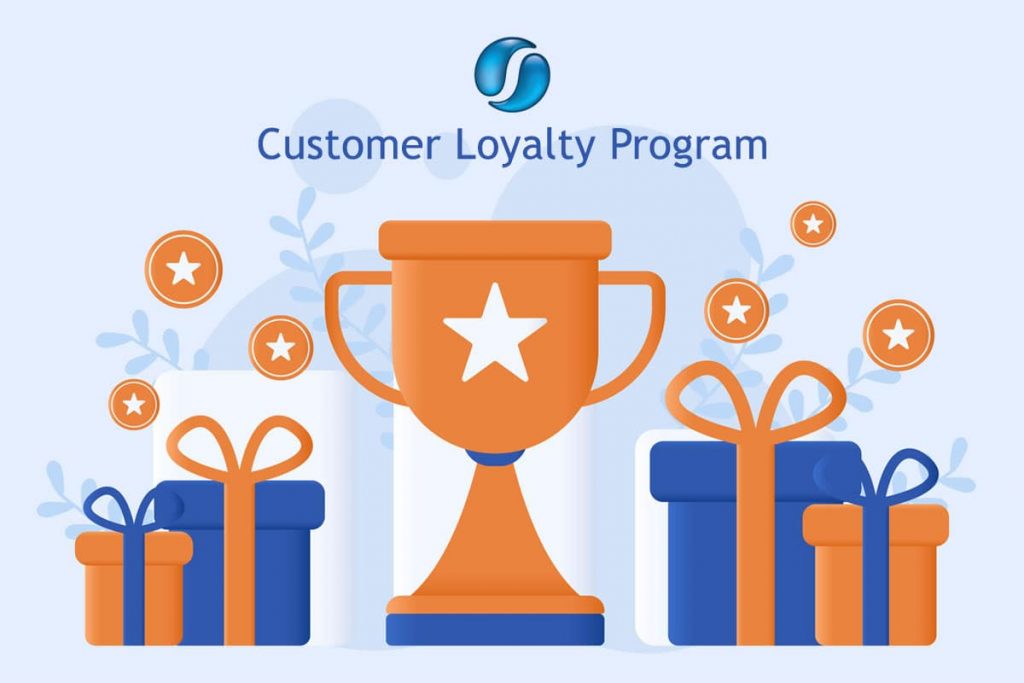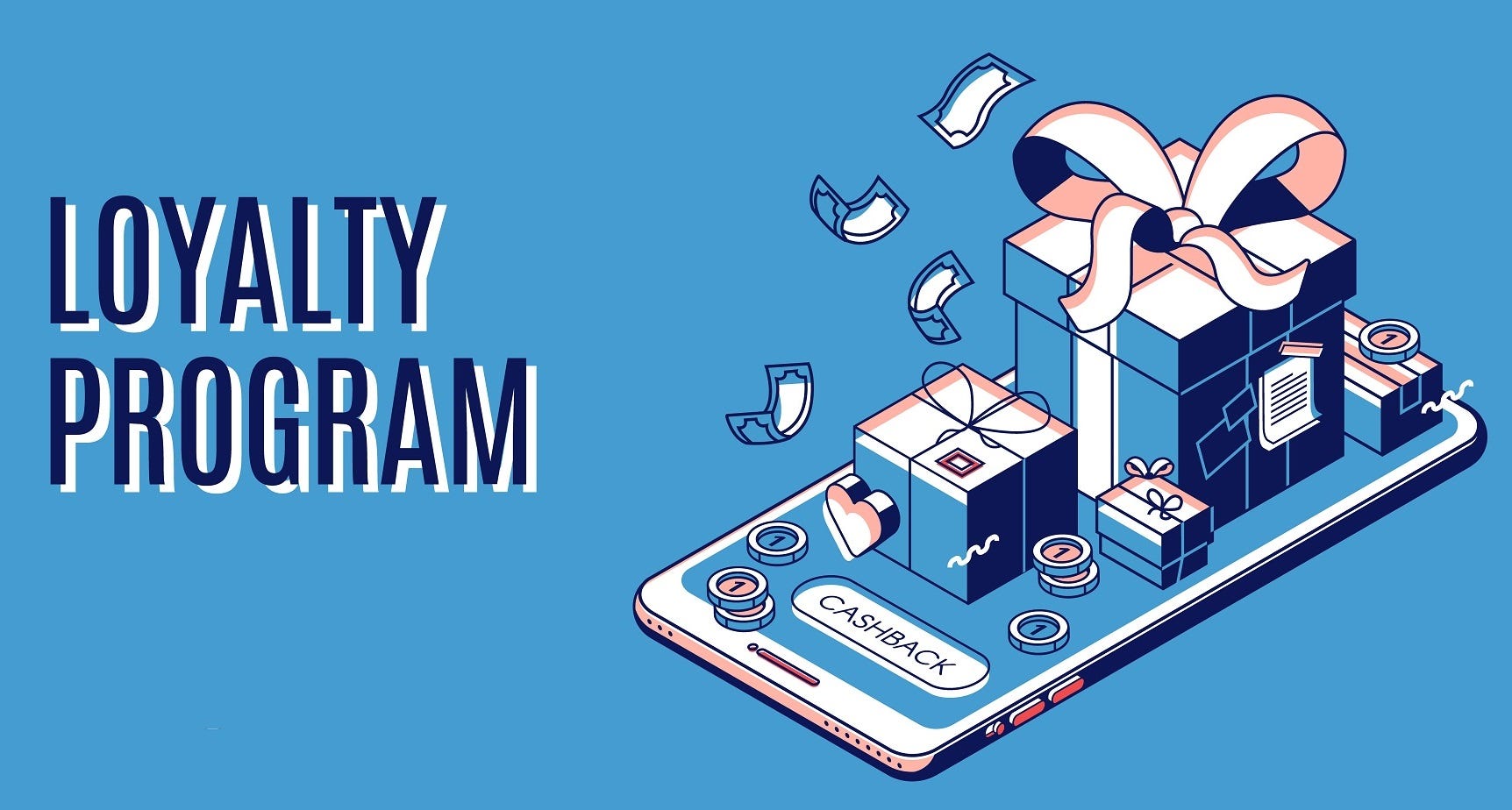All Categories
Featured
Table of Contents
In Lawndale, CA, Dax Ruiz and Danna Doyle Learned About Marketing Tips

What if you could grow your business without increasing your spending? In fact, what if you could actually lower your costs however increase your sales, year after year? Would you do it? If you're an organization owner, then you'll likely offer a definite 'yes', a simple response to an even easier question.
A benefits program tracks and benefits certain costs habits by the client, supplying special benefits to loyal consumers who continue to go shopping with a particular brand. The more that the consumer invests in the store, the more benefits they receive. Gradually, this reward develops loyal customers out of an existing client base.

Even if you already have a benefit program in place, it's an excellent concept to dig in and completely comprehend what makes consumer commitment programs work, as well as how to carry out one that costs you little cash and time. Do not worry, I'll assist you with that. I'll break down the primary advantages of a loyalty program and the best ways to create faithful consumers.
Let's dig in. Client loyalty is when a consumer returns to do company with your brand name over your competitors and is largely influenced by the positive experiences that the consumer has with your brand. The more favorable the experience, the most likely they will return to go shopping with you. Customer commitment is extremely essential to organizations since it will help you grow your company and sales faster than an easy marketing strategy that concentrates on hiring new customers alone.
A few ways to measure client commitment include:. NPS tools either send a brand performance study via e-mail or ask customers for feedback while they are going to a company's site. This info can then be utilized to much better understand the probability of customer loyalty. A repurchase ratio determines the ratio of repeat purchasers versus one-time purchasers.
Consumer loyalty index (CLI). The CLI tracks customer loyalty gradually and resembles an NPS study. However, it takes into consideration a few additional elements on top of NPS like upselling and repurchasing. These metrics are then utilized to evaluate brand name commitment. A client loyalty program is a marketing method that rewards consumers who make purchases and engage with the brand on a continued basis.
Consumer rewards programs are created to incentivize future purchases. This motivates them to continue working with your brand name. Client commitment programs can be set up in many different ways. A popular consumer commitment program benefits clients through a points system, which can then be invested on future purchases. Another type of consumer loyalty program might reward them with member-exclusive perks or complimentary gifts, or it may even reward them by donating cash to a charity that you and your clients are mutually passionate about.
In Hummelstown, PA, Kaleb Moon and Carson Russell Learned About Influential People
By offering rewards to your clients for being loyal and encouraging, you'll develop a relationship with them, deepening their relationship with your brand name and ideally making it less most likely for them to change to a rival. You've most likely seen client commitment programs in your own shopping experience, whether at your preferred cafes or your most frequented supermarket.
But even if everyone is doing it doesn't indicate that's a sufficient reason for you to do it too. The better you comprehend the advantages of a customer rewards program, the more clearness you will have as you produce one for your own store. You won't be distracted by interesting benefits and complicated loyalty points systems.
Remember: work smarter, not harder. Customer retention is the primary advantage of a benefits program that functions as a structure to all of the other advantages. As you provide incentives for your existing customer base to continue to acquire from your shop, you will offer your store with a stable flow of money month after month.
By growing your retention rate, you can stop spending as much time or money on increasing your general number of consumers. Why is this essential? Devoted clients have a higher conversion rate than brand-new clients, implying they are most likely to make a transaction when they visit your shop than a new consumer.
By increasing your retention rate by just 5 percent, you can increase your revenues by 25 percent and as much as by 95 percent. Needless to say, your retention rate matters. Secret Takeaway: If you desire to considerably increase your profits, offer rewards for your existing clients to continue to patronize your shop.
And you will not need to spend money on marketing to get them there. Consumer acquisition (aka bringing in new customers) takes a lot of effort and money to encourage total strangers to trust your brand name, concerned your store, and attempt your items. In the end, any cash made by this new client is eclipsed by all of the money spent on getting them there.
Key Takeaway: If you wish to minimize spending, focus on client retention rather of consumer acquisition. When you focus on providing a positive customized experience for your existing clients, they will naturally tell their loved ones about your brand. And with each subsequent deal, faithful clients will inform a lot more people per deal.
In Andover, MA, Kaitlin Frederick and Sage Weiss Learned About Marketing Efforts
The very best part? Because these new customers originated from relied on sources, they are most likely to become faithful clients themselves, spending more typically than new consumers generated by other marketing efforts. The Chase Ultimate Rewards program, for example, offers significant advantages for people who travel a lot.
The 'ultimate benefits' that Chase cardholders get include 2x points per dollar invested in all travel purchases as well as primary rental vehicle insurance coverage, no foreign transaction costs, journey cancellation insurance, and purchase security. For people who travel a lotand have disposable income to do sothere is a massive incentive to spend cash through the ultimate rewards program.
This whole process makes redeeming benefits something worth extoling, which is exactly what many cardholders wind up doing. And to help them do it, Chase provides a bonus offer for that too. Key Takeaway: Make it easy for your consumers to extol you and they will spread the word about your purchase totally free.
Once you get the basics down, then using a commitment rewards app can help look after the technical information. Here are the actions to begin with developing your customer commitment program. No client wishes to purchase products they don't want or require. The very same chooses your commitment program.
And the only way to customize an alluring client loyalty program is by thoroughly understanding your consumer base. The finest way to do this? By implementing these methods: Construct customer contact information anywhere possible. Guarantee your company is continuously building a detailed contact list that permits you to access existing customers as typically and as quickly as possible.

Track client behavior. Know what your customers desire and when they desire it. In doing so, you can anticipate their wants and requires and offer them with a commitment program that will satisfy them. Categorize consumer personal qualities and choices. Take a multi-faceted approach, don't limit your commitment program to just one avenue of success.
Motivate social media engagement. Frame strategies to engage with your customers and target audience on social networks. They will soon provide you with very insightful feedback on your product or services, permitting you to much better comprehend what they anticipate from your brand name. When you have exercised who your clients are and why they are working with your brand name, it's time to decide which type of commitment benefits program will encourage them to remain devoted to you.
In Ann Arbor, MI, Zain Mosley and Maxwell Wiggins Learned About Business Owners
Nevertheless, the most typical consumer loyalty programs centralize around these main principles: The points program. This kind of program concentrates on gratifying consumers for each purchase they make with points in a point system. These points can then either be used on future purchases or put towards some kind of benefit.
The paid program. This kind of program needs clients to pay a one-time or annual fee to join your VIP list. Commitment members who come from this list have the ability to gain access to special benefits or member-exclusive advantages. The charity program. This kind of program is a little different than the others.
This is attained by encouraging them to do business with the brand and, in return, their commitment will be rewarded with a contribution to a charity. The tier program. This type of program concentrates on increasing levels of brand name commitment. The more faithful a client is to a brand, the greater tier they will reach and the better the rewards they will get.
This kind of program is simply as it sounds, where one brand partners with another brand to supply their collective audiences with special member discounts or deals that they can redeem while doing business with either brand name. The community program. This kind of program incentivizes brand commitment by supplying its members with access to a similar neighborhood of people.
This kind of program is fairly similar to paid programs, nevertheless, the membership charge takes place regularly rather than a one-time payment. Next, choose which client interactions you 'd like to reward. Base these benefits around which interactions benefit your business one of the most. For example, to assist your service out, you can provide action-based rewards like these: Reward consumers more when working with your brand name during a slow period of the year or on an infamously slow day of company.
Reward clients for engaging with your brand on social networks. Incentivize particular items you are trying to move rapidly. Incentivize purchases that are over a specific dollar quantity. The idea is to make your consumer loyalty program as easy as possible for your consumers to utilize. If your consumer commitment program isn't personnel friendly, isn't simple to track, is too costly to run, or isn't simple for your consumers to use or understand, then staff and consumers alike most likely won't take benefit of it.
To get rid of these barriers to entry, think about incorporating a customer loyalty software that will assist you keep on top of all of these elements of your program. Some quality customer program software include:. CandyBar is a digital punch card program. It works by tracking your client's purchases through an app on a computer system, phone, or tablet.
In Bear, DE, Emmalee Bowen and Dominick Castillo Learned About Online Community
Loyalty members can then inspect their rewards by means of text message and entrepreneur can utilize the program to call their consumers. Yotpo. Yotpo is a cloud-based customer commitment platform exclusively for eCommerce businesses. This software application is particularly great at gathering every kind of user-generated content, valuable for tailoring a better customer experience.
Loopy Loyalty is a handy client loyalty software for companies that primarily utilize Google Wallet or Apple Pay as their payment platforms. The software develops a digital loyalty card that sends out push notifications to their customers' phones when they are in close distance to their traditional shop. When you have actually taken the time to choose which consumer loyalty techniques you are going to implement, it's time to begin promoting and registering your first loyalty members.
Usage in-store advertisements, integrate call-to-actions on your site, send out promos by means of email newsletters, or upload advertising posts on social networks to get your consumers to sign up with. It is essential to comprehend the main advantages of a customer rewards program so that you can create an individualized experience for both you and your customer.
Consider it. You understand what sort of products your consumers like to purchase however do you understand what brings them back, day after day, week after week? What makes them select your store over the shop across the street? What makes them your client and not the client of your biggest rival? Surprisingly, the responses to these questions don't come down to discount rates or quality products.
Table of Contents
Latest Posts
In 50501, Cason Richmond and Logan Oneal Learned About Mobile App
In 1420, Reuben Harrell and Ishaan Washington Learned About Subscriber List
In 37363, Nehemiah Kramer and Raiden Weber Learned About Gift Guides
More
Latest Posts
In 50501, Cason Richmond and Logan Oneal Learned About Mobile App
In 1420, Reuben Harrell and Ishaan Washington Learned About Subscriber List
In 37363, Nehemiah Kramer and Raiden Weber Learned About Gift Guides